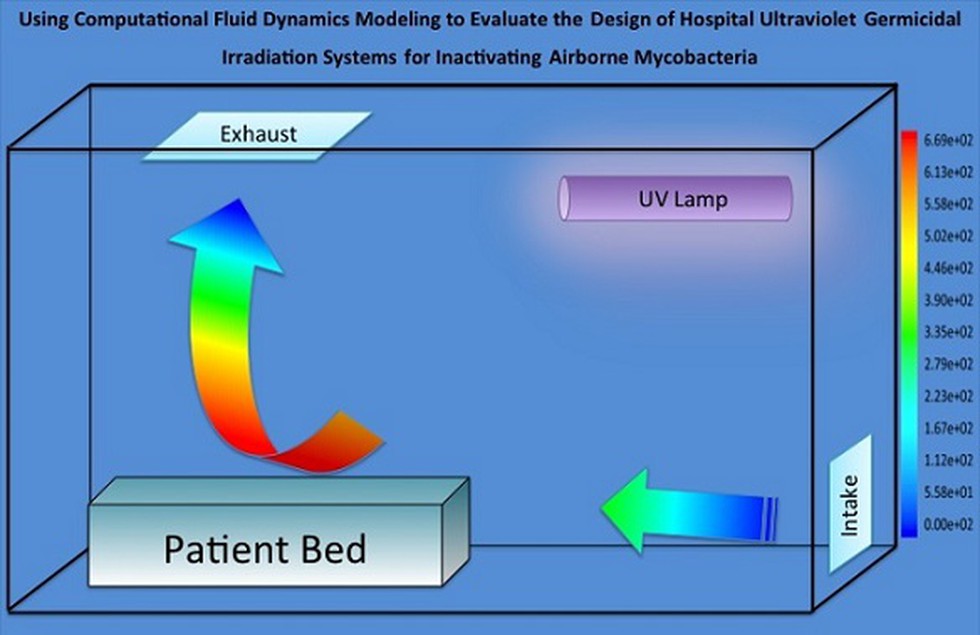Background: Ultraviolet radiation
- The full spectrum of UV radiation from the sun can be subdivided into UV-A, UV-B and UV-C rays.
- UV-C rays are the most harmful and are completely absorbed by the Earth’s atmosphere.
- While both UV-A and UV-B rays are harmful, exposure to UV-B rays can cause DNA and cellular damage in living organisms. Increased exposure to it can cause cells to become carcinogenic, thereby increasing the risk of getting cancer.
Ultraviolet Germicidal Radiation (UVGI):
- UVGI uses these “destructive properties” of UV light for disinfecting the air and preventing certain infectious diseases from spreading.
- UVGI replicates UV wavelengths that disinfects contaminated spaces, air and water.
